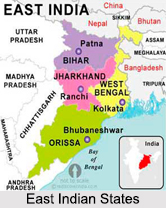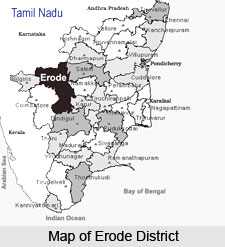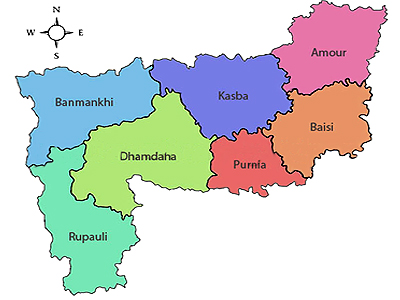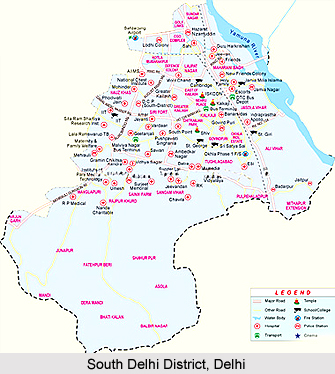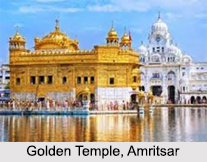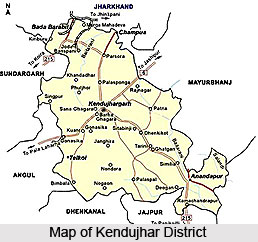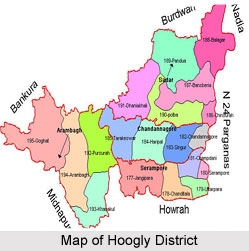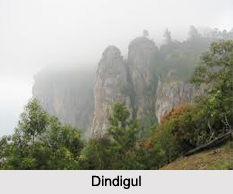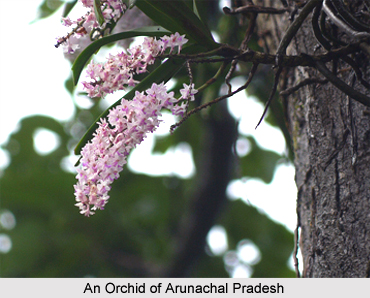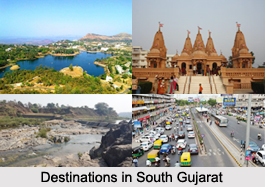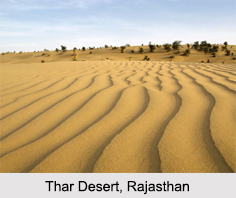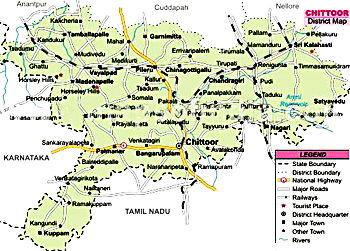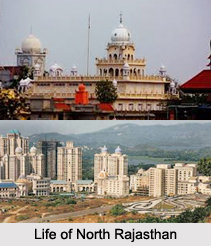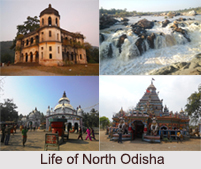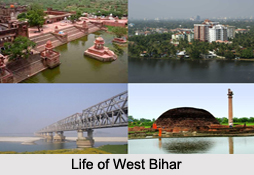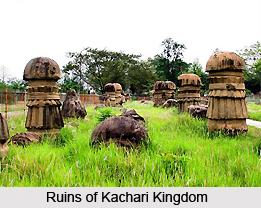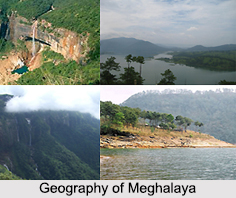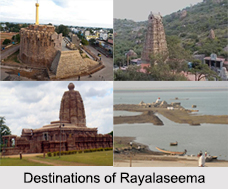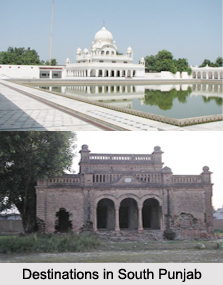Introduction
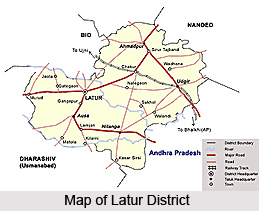 Latur District is situated in the state of Maharashtra and covers a total area of 7,157 sq kms in the Deccan plateau. Latur district has an ancient historical background. The King `Amoghvarsha` of the Rashtrakutas dynasty developed the Latur city, originally the native place of the Rashtrakutas. The Rashtrakutas who succeeded the Chalukyas of Badami in 753 A.D called themselves the residents of Lattalut. It became one the districts of Maharashtra in 1960 as part of the district of Osmanabad. On August 15, 1982, Latur was separated from Osmanabad to form a separate district of Latur. The district is divided into three sub-divisions and 10 Talukas. The number of villages in Latur district according to the 2001 Census, is 943. Further details about the district are provided below.
Latur District is situated in the state of Maharashtra and covers a total area of 7,157 sq kms in the Deccan plateau. Latur district has an ancient historical background. The King `Amoghvarsha` of the Rashtrakutas dynasty developed the Latur city, originally the native place of the Rashtrakutas. The Rashtrakutas who succeeded the Chalukyas of Badami in 753 A.D called themselves the residents of Lattalut. It became one the districts of Maharashtra in 1960 as part of the district of Osmanabad. On August 15, 1982, Latur was separated from Osmanabad to form a separate district of Latur. The district is divided into three sub-divisions and 10 Talukas. The number of villages in Latur district according to the 2001 Census, is 943. Further details about the district are provided below.
Location of Latur District
Latur district is located in the south-eastern part of the state of Maharashtra. It is located between 17 degree 52 minutes north and 18 degree 50 minutes north latitude and 76 degrees 18 minutes east to 79 degrees 12 minutes east in the Deccan plateau. The district is situated on the Maharashtra-Karnataka boundary. On the eastern side of Latur is the Bidar district of Karnataka, whereas Nanded is on the northeast, Parbhani on the northern side, Beed district on the northwest and Osmanabad on the western and southern side. The entire district of Latur is situated on the Balaghat plateau, 540 to 638 metres above mean sea level.
Getting there
Air: Latur is connected by air with Mumbai.
Rail: Latur is connected by rail. Direct trains are available for Mumbai and Hyderabad.
Road: State highways and roads from the district headquarters at Latur link all 10 tehsils (sub-districts) and major towns.
History of Latur District
Latur has an ancient history. It was home to the Rashtrakutas dynasty and was part of Emperor Ashoka`s empire. It was, over the centuries, variously ruled by the Satavahana dynasty, the Sakas, the Chalukya dynasty, the Yadavas of Devagiri, the Delhi Sultans, the Bahamani dynasty of South India, Adil Shahi dynasty of Bijapur, and the Mughal dynasty. Later, in the 19th century, it became part of the independent princely state of Hyderabad. Earlier known as Naldurg tehsil, in 1905 it was merged with the surrounding areas and renamed Latur tehsil, and became part of Osmanabad district. After independence and the merger of Hyderabad with the Indian Union, Osmanabad became part of Bombay Province. In 1960, with the creation of Maharashtra, it became one of its districts. On August 15, 1982, Latur was separated from Osmanabad to form a separate district of Latur.
Geography of Latur District
The district may be divided into two regions - the Balaghat plateau, and the northeastern region consisting of Ahmadpur and Udgir. It covers a total area of 7,157 sq kms. The maximum temperature in the district is around 39.6 degree Celsius, whereas the minimum temperature hovers at around 13.9 degree Celsius. Average rainfall in the district stands at 802.4 mm. The main river flowing through the district is the Manjara River which flows on the Balaghat plateau along with its tributaries, the Terna River, Tawarja River and Gharni River. The other three tributaries of Manjara are Manyad, Teru and Lendi River which flow on the northern plains. The district is primarily agricultural and the major crops grown in the district are cereals, oilseeds, pulses, grapes.
Culture of Latur District
The major language spoken by the people in the district is the Marathi language, Urdu language, Telegu language, Kannada language, Hindi language, Gujarati language and Rajasthani language are also spoken. The preferred diet in the district includes rotis, rice, dal (pulses) and sabji (vegetables). Among the fairs held in the district, the Shri Siddeshwar fair at Latur is held every year. Thousands of people attend the Gangaram Maharaj Samadhi every Ekadashi at Hattibet in Udgir tehsil.
Tourism in Latur District
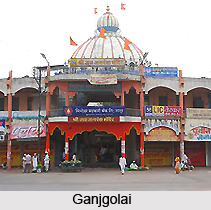 Tourism in Latur district has a lot to do with the country`s rich historical past. There are a number of places situated here which are steeped in history and have their own tale to tell. Prime among such places are the forts, towns and villages situated here in the district which date back to ancient times. Among the oldest places of tourist attractions located here is the small town of Kasarshirshi where inscriptions dating back to 696-697 AD have been found. Other places of interest in the district include the Udgir fort, Ausa fort, Hattibet-Devarjan, the Nilanga temple, Lord Shiva temple at Shirur Anatpal etc. The various places of tourism in Latur district are discussed below.
Tourism in Latur district has a lot to do with the country`s rich historical past. There are a number of places situated here which are steeped in history and have their own tale to tell. Prime among such places are the forts, towns and villages situated here in the district which date back to ancient times. Among the oldest places of tourist attractions located here is the small town of Kasarshirshi where inscriptions dating back to 696-697 AD have been found. Other places of interest in the district include the Udgir fort, Ausa fort, Hattibet-Devarjan, the Nilanga temple, Lord Shiva temple at Shirur Anatpal etc. The various places of tourism in Latur district are discussed below.
Ganjgolai
One of the major attractions in the district lies in the city of Latur located here. This city has a historical background. King `Amoghvarsha` of the Rashtrakutas dynasty developed this city. Latur city has the famous `Ganjgolai` as the central place of the city. The town planner Shri Faiyajuddin prepared the plan for the `Ganjgolai Chowk`. The main building of the Golai is a huge two-storied structure which was constructed around the year 1917. In the middle of the circular structure is the temple of Goddess Ambabai. There are 16 roads connecting to this Golai and along these roads are separate markets selling all kinds of traditional local ware such as gold ornaments to footwear and food items from chilli to jaggery. Thus, the `Ganjgolai` has become the main commercial and trade centre of this city. Latur city also has the beautiful Siddheswar temple built by King Tamradwaj. The temples of Ramlingeswar, Bhuteswar, Keshavraj, Ram, Dutta add to the ancientcultural heritage of the city. The Darga of Surat Shahvalli and temples of Astavinayak and Parshavanath also deserve mention as the beautiful monuments of the city.
Ashram of Namanand Maharaj
The Ashram is located at Mahapur , just 8 km away from Latur city. Every year thousands of pilgrims are visiting for darshana of the Samadhi of maharaj. The Manjara river flows close to the Ashram or Math. There is an island within the river, and the temple of Datta is situated on this island. The river and the green surrounding make the area pleasant and attractive.
Udgir
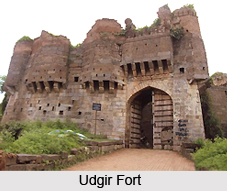 Udgir is one of the most important towns of Latur district. Udgir has great historical significance. It has witnessed the war between the Marathas and the Nizam of Hyderabad which took place in 1761. The Marathas led by Sadashivrao Bhau defeated the Nizam and the treaty of Udgir was signed. The fort of Udgir stands here in all its glory, speaking volumes about Indian history and Indian culture. The fort is bounded by a 40 feet deep trench as the fort is built at the ground level. In the fort are seen several palaces, Durbar halls and most importantly the Samadhi of Udaygir Maharaj which is 60 feet under the normal ground level. The fort has some rare inscriptions written in Arabic and Persian.
Udgir is one of the most important towns of Latur district. Udgir has great historical significance. It has witnessed the war between the Marathas and the Nizam of Hyderabad which took place in 1761. The Marathas led by Sadashivrao Bhau defeated the Nizam and the treaty of Udgir was signed. The fort of Udgir stands here in all its glory, speaking volumes about Indian history and Indian culture. The fort is bounded by a 40 feet deep trench as the fort is built at the ground level. In the fort are seen several palaces, Durbar halls and most importantly the Samadhi of Udaygir Maharaj which is 60 feet under the normal ground level. The fort has some rare inscriptions written in Arabic and Persian.
Hattibet-Devarjan
This is a beautiful place near Udgir. On a small hill is the Samadhi of Gangaram Maharaj. The place is also famous for cave carvings. The place has given birth to several freedom fighters who lost their lives in the Hyderabad freedom struggle.
Ausa
Ausa also has an old historical fort which today is in ruins. The pace has a huge temple of Virnath Maharaj, built by his son Mallinath Maharaj about 300 years ago.
Kharosa
This is a small village 45 kilometres from Latur city. The place is well known for its caves. The beautiful sculptures of Narsimha, Lord Shiva, Goddess Parvati, Lord Kartikeya, and Ravana are the examples of the cultural heritage of this land. According to the historians these caves were built in the 6th century during the Gupta period.
Kasarshirshi
It is a small town with historical significance. Ancient inscriptions dated around 696-697 A.D. have been found here.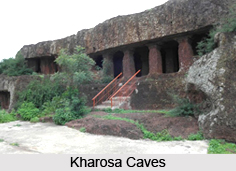
Ahmedpur
It is a taluka headquarter known for the Akkalkot Swami Samarth Maharaj Temple. This is the samadhi of the Guru of Swami Samartha of Akkalkot. The town has beautiful temple of the Renukadevi Goddess of Mahur, Mahadeo, Datta and Balaji.
Nilanga
This is a taluka headquarter well-known for the magnificently sculpted temple of Nilkanteswar. Nilanga got its name from the name of Nilkanteshwar, Gramdaivat of this place.
Shirur Anatpal
This is a newly formed taluka place well know for the temple of Lord Shiva. Another well known and famous temple of Lord Shiva is situated at Hippalgaon village 12 km away from here, and 26 Km from Latur city. The temple has been built in the 11th century. The linga of Lord Shiva and the statue of Devi Mahishasur is finely sculptured in black stone. The sides and corners are full of carved statues of different gods and goddesses. Approximately 2.5 lac pilgrims visit this place for Darshan every year and a big utsava or holy ritual is performed on every Chaitra Ekadashi and Dwadashi (Marathi Calender).
These are the various places of tourism offered by the district of Latur to its various visitors.
